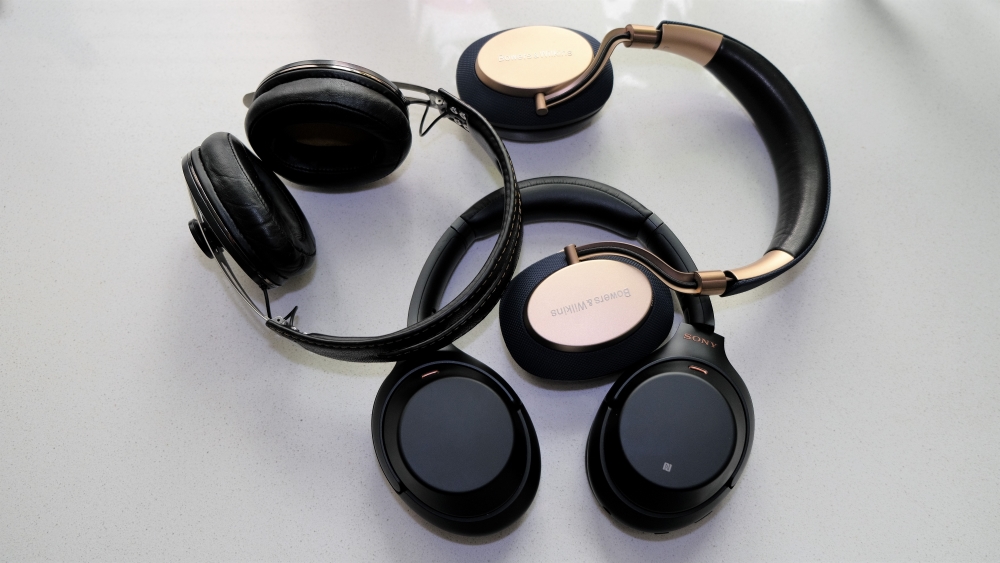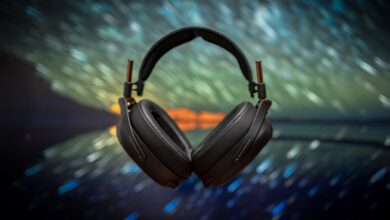Best Wireless Headphones of 2019 (a 3-in-1 review)
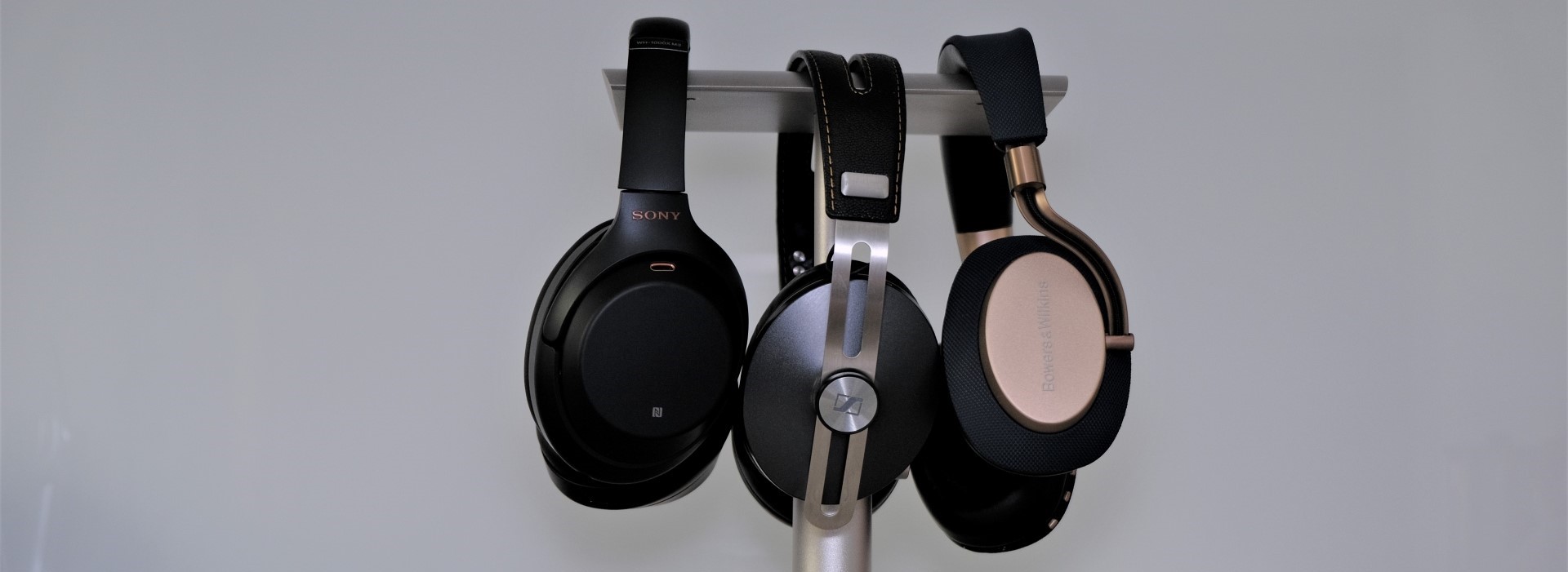
Sennheiser Momentum Wireless VS Bowers & Wilkins PX VS Sony WH-1000XM3
My video review can be found right here:
I’ll be honest with you: I never owned a pair of wireless headphones. Have I been living under a rock or in a cave or something like that? Not really.
Is just that wireless tech just recently started catching up with wired headphones. AptX codec was meh for me, AptX-HD was much better, LDAC (up to 990 kb/s) and HWA (or LHDC, up to 900 kb/s) is really something else and can compete with wired headphones any day of the week. If I wouldn’t have all my music stored in lossless audio formats, I would be all-over wireless headphones a long time ago.
I ditched my mp3 collection about 10 years ago and started collecting WAV and Flac albums since then. Only newest LDAC and HWA codecs can be considered truly lossless wireless transfers and they fired my curiosity levels pretty high.
I will be comparing probably the best 3 wireless headphones from different manufacturers: Sennheiser Momentum 2.0 Wireless, Sony WH-1000XM3 and Bowers&Wilkins PX.

Sennheiser Momentum 2.0 Wireless (399 USD)
Let’s start with the oldest one and that is the Sennheiser Momentum 2.0 Wireless, that is their first name, because the weird guys from Sennheiser changed that name twice already: First, about 2 years ago they were called Momentum 2.0 Wireless, soon they changed that name to HD1 Wireless, sales dropped massively that the name was changed back to Momentum Wireless.
Apart from the name, the headphones remained exactly the same, so let’s have a look:
They come with a hard carry case, with a soft carry case, there is a 2.5 mm (at the headphone end) to 3.5 mm headphone cable, a micro-USB cable for charging, an in-flight adapter and a quick start guide, accessory wise Momentum wireless are quite nice as everything you need is already included in the box.

Headphones look stylish and quite simple, the headphone structure is made from metal, there is a leather headband and leather detachable ear-pads. Only the cups are made out of plastic, everything else is just leather and metal, I think they look and feel expensive. Adjusting your fit is a bit odd and annoying since it will always change your desired position once you put them on your head, they will also not stay very securely if you are running or exercising at a gym.
Technology wise Momentum Wireless are the weakest as they offer only Bluetooth 4.0 support (no 4.1, 4.2 or 5.0) so the BT range is quite limited, their best wireless codecs are the A2DP 1.3 and the AptX (non HD) that can transfer data at up to 352 Kbit/sec. Their Active Noise Canceling (ANC for short) tech called NoiseGuard is also the weakest from todays tests as they will block a little bit less outside noise compared to the other two.
When it comes to sound performance Momentum Wireless are up there with the best as they sound spacious, quite clean, with just a mild mid-bass and midrange emphasis and a short treble roll-off for that analogue like natural performance.
Listening to them wired I feel like I am listening to a closed version of Sennheiser HD650 as those two sounds very alike. The midrange is a bit elevated and just pleasant to listen to, the voices are taking a step forward and will hit your eardrums first and the rest of the notes will follow next. Sound is overall always full of substance, a bit heavy with a meaty tone. Bass performance is great, especially in the mid-bass area where a bit of emphasis will make you smile more often. Sub-base is good, but not great and will miss the lowest octaves.

Actually, I feel that all lower and upper extremities (lowest bass and highest treble) are rolled-off and the sound is not very linear and true to the recording.
Compared to the rest, Momentum Wireless have the best midrange performance and will sound most natural and life-like. Voices have a fuller tone and texture with them and will came a bit forward sounding compared to the rest of the frequency area.
Momentum Wireless are very fun to listen, have a good slam and transient response, should you use a better source and amplification and they will slam you even harder. They work really well with almost any musical genres, modern music sound crazy good through them, only treble heavy music will sound muted and lacking micro-details. Wired, these ones are exchanging blows with the Sony for the first place, Momentum have an overall better midrange presence and Sony better bass and treble performance.

Going wireless, my FiiO M6 DAP and my Mi Mix 2 phone switched to AptX and I started listening to my favorite tunes via Tidal Hi-Fi. Detail wise the music takes a hit and will hide a little bit of nuance and texture of your music, not much, but I felt the change immediately. Activating NoiseGuard softened the transients a bit and the bass doesn’t slam you as much. In a very crowded place ANC worked wonders with them, I took all three headphones to a mall and did a test. Momentum Wireless were great at blocking midrange and good at blocking treble and lower sounds but never were really great like the Sony’s were. ANC quality is taking a second place and wireless signal strength and micro-details retrieval is at last place, sadly they couldn’t compete with the rest.
If you care about sound and build quality only, Momentum looked and sounded great and were above average when it comes to wireless capabilities.

Bowers & Wilkins PX (399 USD)
From the moment you take, hold and touch them you start understanding why they cost so much. The headphone structure is entirely made out of thick metal, the ear-pads are covered in real leather, so is the headband on the inside, only the external cups are plastic made.
I think they look the best compared to the rest; they just scream quality once you start analyzing them. The ear-pads are magnetically attached and are a very easy to change and adjust, this is the coolest pads mechanism I ever seen, I believe only Master & Dynamic came with something similar, I wish all my headphones had magnetic ear-pads.

Due to thick metal structure the PX are the heaviest headphones of the bunch and are not quite comfortable to wear. being heavy they will not stay firm when running or exercising at the gym and the harder to the touch ear-pads will put a higher pressure around your ears than usual. I’m sorry B&W, PX is not very comfortable in the long run, they are tiring me after 30 min of use.
In the package you’ll find a soft carry case, a USB type C cable (cool!) and a simple headphone cable. I’m sorry I don’t like soft carry cases, so accessory wise B&W PX didn’t impress me much
Technology wise they take the second place as they support Bluetooth 4.1 and their supported wireless codecs are SBC, AAC, AptX and Aptx-HD – that is 576 Kbit/sec (almost lossless, but not quite there).
There is one thing that annoys me a lot with PX, they would not pair with a portable DAP (digital audio player) or a mobile phone if you do not install their Bowers & Wilkins app! I don’t quite like it as I can’t install 3-rd party apps on my portable DAP. PX paired with my phone only after the app was installed.
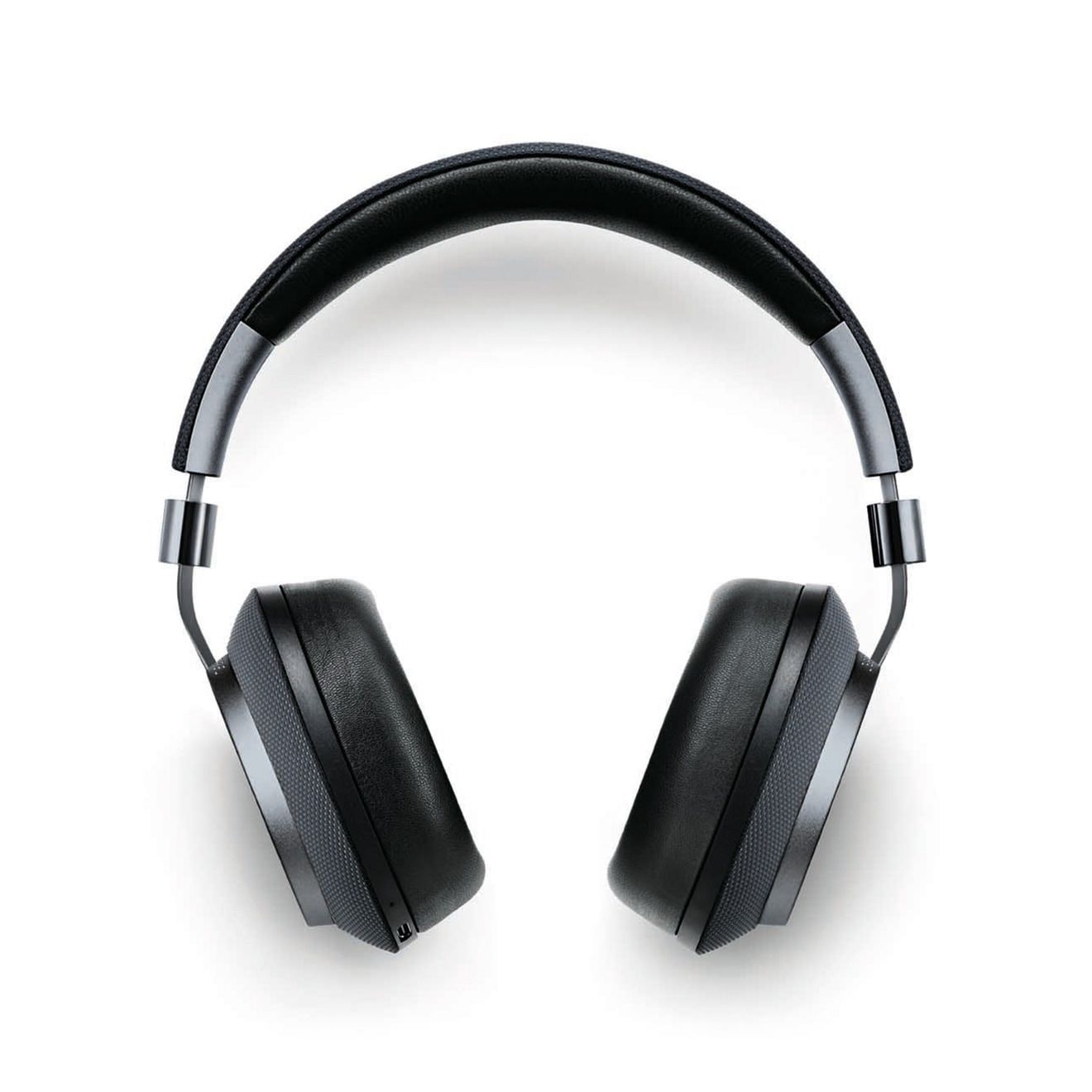
I think B&W made PX work just with mobile phones and that sucks a bit.
When it comes to sound performance B&W PX disappointed me, in my opinion they are the worst from today’s tests.
I burned-in them for about 24 hours and listened again.
Listening to them wired I have a feeling they are too up-front sounding and very 2D with little to no depth and soundstage. They always have this “on-stage” feeling that I don’t quite like and little to no air between the notes.
There is one thing I hate the most when it comes to headphones and that is: bloated bass and muddy midrange and I’m sad to report that PX is exactly like that. With PX there is a feeling that I always listen to them through a pillow that will bloat the overall performance and will soften the transient response.

PX are sounding very soft, very gentle somehow with weak transients and bass slam. Only the treble area could be considered decent. Every track I tried with PX, there is always a boring presentation with weak dynamics, they didn’t impress me at all.
Going wireless and opening the B&W app things start to be more interesting. ANC performance is pretty good and I feel they block a lot of midrange and not a lot on the higher registers. PX actually has a very cool app where you can select few environments like office, city and others where they will block more noise in a certain frequency area.
They ANC performance is pretty good, but the sound quality remained the same: a lot of bloat, foggy feeling around your music. Dynamic range is very limited and quite boring really. There is nothing I can do to wake up those dynamic swings and detail retrieval. Sound is very up-front again with little to no soundstage and air between the notes. I tried three different sources and all sounded the same, I was disappointed with them…

Sony WH-1000XM3 (350 USD)
They come with the coolest and smallest hard carry case, a detachable 3.5 mm to 3.5 mm cable, a USB type C cable (yay!) an in-flight adaptor and a quick start guide. I don’t know why but I really dig their simple and elegant look. They do not look as stylish as B&W PX and not as expensive looking as Momentum but simpler with easier lines, simpler headband adjusting mechanism, softer leather pads and head-band. Sony’s are also much lighter than the other two as XM3 are entirely made out of matte plastic. The ear-pads and the head-band padding are covered with soft faux-leather that are more comfortable to wear outside. Since the pressure points are not only around your ears but around the head as well, they will sit firmly when you are running or exercising at a gym. XM3 are basically hugging your head and are very comfortable to wear even for longer periods of time.

Technology wise XM3 are the most advanced wireless headphones as the offer Bluetooth 4.2 support with the biggest selection of audio codecs as SBC, AAC, AptX, AptX-HD and LDAC (up to 990 Kbit/sec).
Compared to others the Sony’s have only two physical buttons: On/Off button and the ANC button. The right cup houses a clever touch pad with which you can control music volume (swipe up or down to increase or decrease the volume), you can change the track that is playing (swipe right for next, left for previous), or you can double tap for a pause/play function. Sony’s have the coolest factor out of the three, due to the easy to remember swipes and taps.
Sony is not forcing you to install their third-party app called Headphones Connect on your smartphone just to pair to them so it means this headphone will work with basically any Bluetooth enabled device. I even paired them with my smart TV and I could watch movies at night when everybody was asleep.

However, installing the app few features appeared like selecting the ANC strength, activating or disabling DSEE HX (digital sound enhancement engine), EQ, Virtual Surround effects and Sense Engine – you can play with them, few of them are useless to me so they stay disabled most of the time (like the Sense engine or virtual surround effects)
My mobile phone and my portable DAP are LDAC enabled and it worked and sounded flawless with this particular codec.
Listening to them wired I couldn’t believe they could outperform the Sennheisers, but in the end they did.
Sony’s have the widest and the deepest sound out of any closed-back headphone to date, wireless or not and that is something. XM3 are also very airy and you will have plenty of space between the musical notes to appreciate every texture and nuance. XM3 are also exceptionally clean sounding with excellent transparency levels and detail retrieval. The Sony’s will reveal an additional layer of information that the Sennheiser didn’t show and few additional layers that the B&W PX never had.
The Sony’s are also the widest when it comes to frequency response as the upper and lower extremities are not rolled-off almost at all. Actually, I believe the bass and the treble is where XM3 really shines as they are playing your bass and treble notes at a very high level.
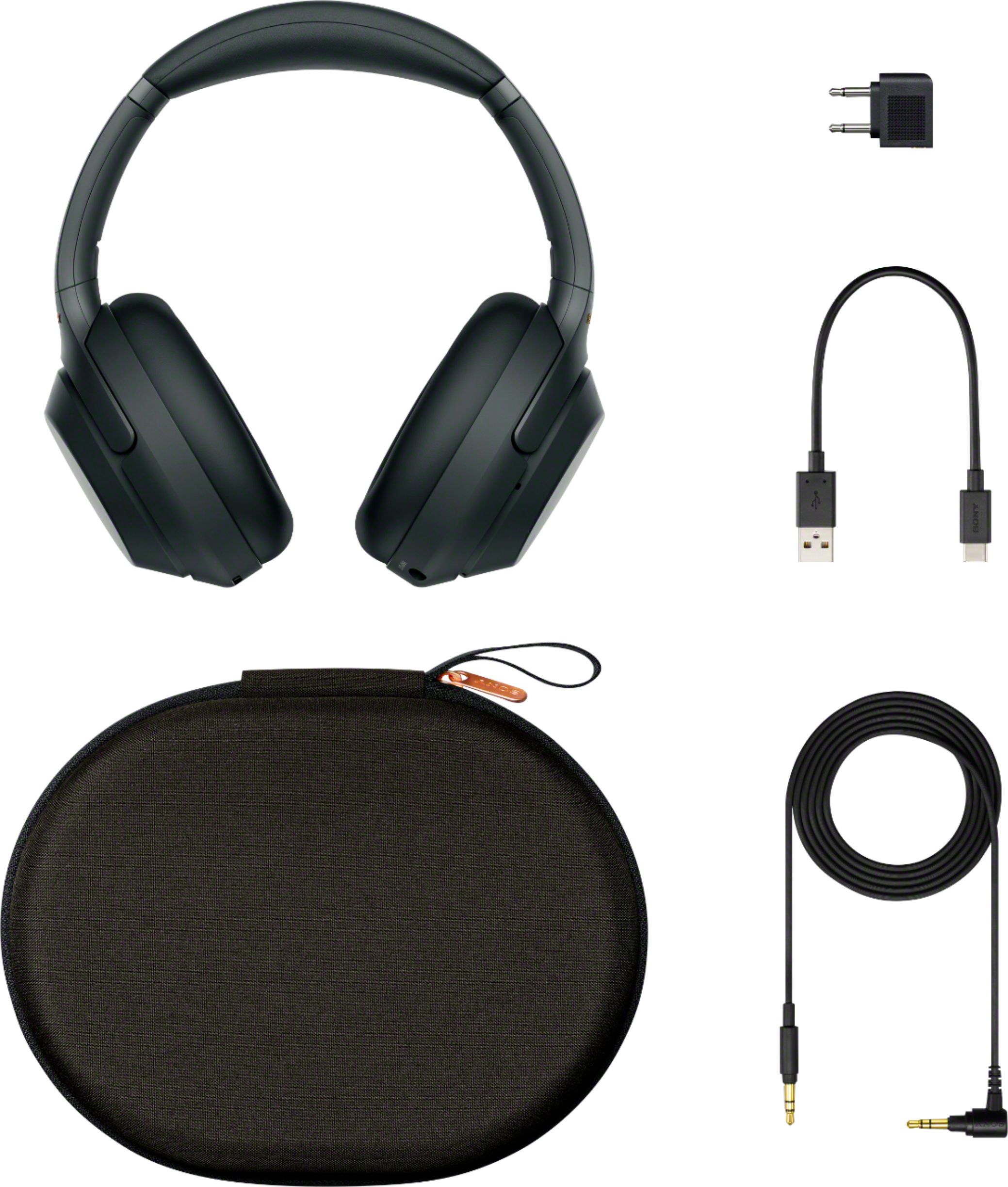
Sub-bass performance is the best from today tests and for modern music they will surely impress. Mid-bass is a bit elevated and will infuse a large quantity of endorphins in your blood stream, with the XM3 you will smile more often that is for sure.
The transition from bass to midrange drops abruptly as the Sony lack a bit in the midrange department. The voices will stay a little behind the overall musical performance and string-based instruments will not have a lot of zing, plucks are not as full sounding and their vibrations stops before I am accustomed to.
Midrange performance can be improved with a bit of EQ from the Headphones Connect app and I do recommend boosting the midrange to your preference, about 3 to 5 dB did it for me.
Treble as the bass is very extended and clean sounding. All those cymbals, bells, hi-hats and drums will sound detailed and quite textured with a lot of information. Their vibrations will not stop abruptly, I really what Sony did in terms of overall sound performance.
Going wireless the overall performance didn’t almost at all, the LDAC codec is super clean and very advanced, I didn’t notice any change compared to streaming a lossless WAV file so that is very encouraging.
The ANC tech inside is best compared to others and it will not block only your midrange sounds but your treble as well. By comparison B&W PX and Sennheiser Momentum Wireless block much less noise from the upper frequency area.
When you put the Sony’s on and activate the ANC there is just silence around you and nothing more, with the rest there are traces of sounds here and there. XM3 also solved the issue when the wind is blowing directly in the mics and will not hiss so often.
What can I say? I was most impressed by the Sony WH-1000 XM3 in the wired or wireless use.

Conclusion
If you care about looks and material quality then Bowers & Wilkins PX and Senheiser Momentum Wireless will impress you more.
If you care about wireless technology and active noise cancelation then Sony is having the best headphone, followed by the B&W PX in the second place.
And if you care only about sound performance then Sony WH-1000 XM3 will provide the best sound, closely followed by the Sennheiser Momentum Wireless.
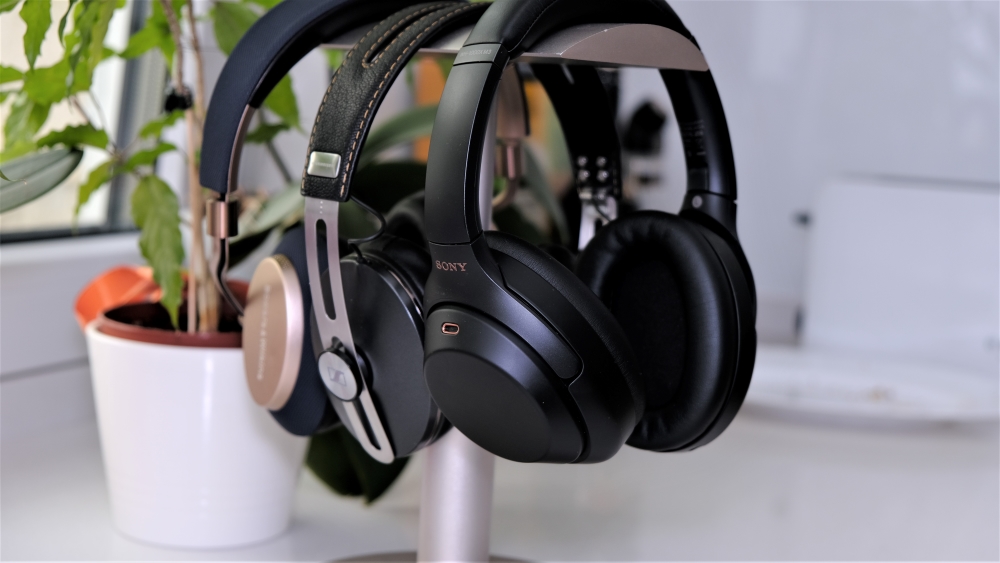
Here are my final scores for all three headphones:
Sennheiser Momentum Wireless
Fit and finish: 8 out of 10
Technology wise: 7 out of 10
Wired Performance: 8 out of 10
Wireless Performance: 7 out of 10
Overall: 7.50 (second place)
Bowers & Wilkins PX
Fit and finish: 9 out of 10
Technology wise: 8 out of 10
Wired Performance: 5 out of 10
Wireless Performance: 6 out of 10
Overall score: 7 (third place)
Sony WH-1000XM3
Fit and finish: 7 out of 10
Technology wise: 9 out of 10
Wired Performance: 9 out of 10
Wireless Performance: 8 out of 10
Overall score: 8.25 (first place)
So here you have it folks, I crown the Sony WH-1000XM3 as the best wireless headphones of 2019!
